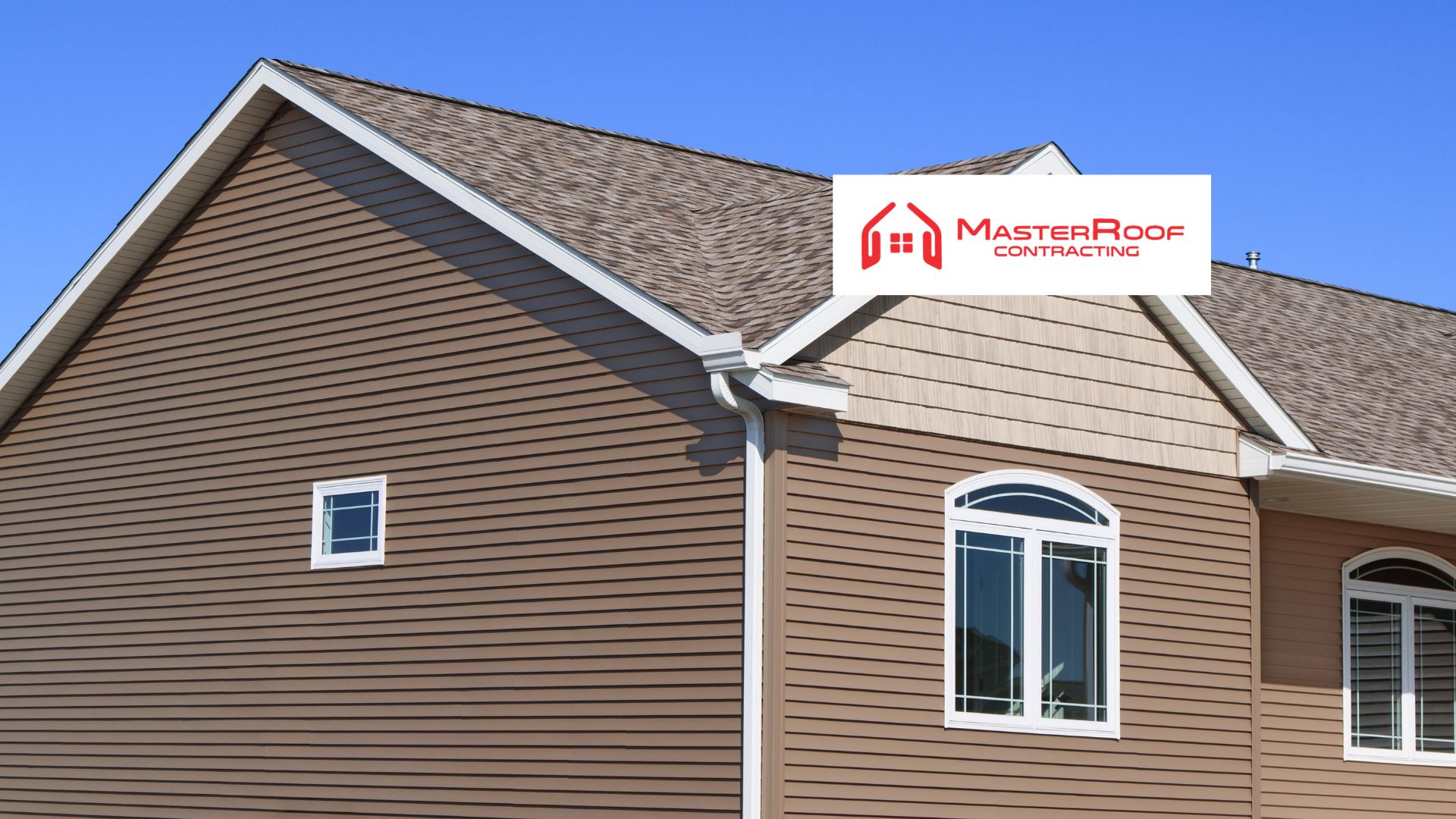Siding durability is crucial for a home’s longevity and curb appeal. This guide explores the lifespan, maintenance, and cost-effectiveness of various siding materials, helping homeowners make informed decisions based on their specific needs and climate. We’ll delve into the impact of environmental factors, proper installation techniques, and the long-term value proposition of choosing durable siding.
From the initial selection of materials – considering options like vinyl, wood, fiber cement, aluminum, and engineered wood – to understanding the effects of weather, humidity, and pollutants, this guide offers a holistic perspective on maximizing the lifespan of your home’s exterior. We’ll also discuss preventative maintenance strategies and cost comparisons to ensure you get the most from your investment.
Types of Siding Materials and Their Durability
Choosing the right siding for your home is a significant investment, impacting both aesthetics and longevity. The durability of siding depends heavily on the material used, its manufacturing process, and the climate it endures. Understanding the lifespan and performance characteristics of various siding options is crucial for making an informed decision.
Siding Material Comparison: Lifespan and Durability
The following table compares the expected lifespan and durability aspects of common siding materials. It’s important to note that these are estimates, and actual performance can vary based on factors like installation quality, maintenance, and environmental conditions.
| Material | Expected Lifespan (Years) | Pros Regarding Durability | Cons Regarding Durability |
|---|---|---|---|
| Vinyl | 20-40 | Low maintenance, resists moisture, relatively inexpensive. | Can fade in sunlight, prone to cracking or warping in extreme temperatures, can be easily damaged by impact. |
| Wood | 20-50+ (with proper maintenance) | Beautiful aesthetic appeal, can be repainted or stained, good insulator. | Requires regular maintenance (painting, staining, sealing), susceptible to rot, insect infestation, and moisture damage. Lifespan is highly dependent on maintenance. |
| Fiber Cement | 50-80 | Highly durable, fire-resistant, resists insects and rot, low maintenance. | More expensive than vinyl or wood, can be brittle and prone to cracking during installation if not handled carefully, heavier than other options. |
| Aluminum | 30-50 | Lightweight, durable, resists rust and rot, low maintenance. | Can dent easily, susceptible to scratches, can be noisy in high winds, may conduct heat and cold. |
| Engineered Wood | 30-50 | More durable than traditional wood, resists moisture better than solid wood, less expensive than fiber cement. | Can be susceptible to moisture damage if not properly sealed, may not be as aesthetically pleasing as natural wood. Performance can vary greatly depending on the specific manufacturing process and materials used. |
Factors Influencing Siding Durability
Several factors beyond the inherent properties of the material influence its long-term durability. These include:
* Manufacturing Processes: The quality of the manufacturing process significantly affects the final product’s strength, resistance to damage, and overall lifespan. For example, the density and composition of fiber cement siding can vary greatly depending on the manufacturer and their techniques. Similarly, the quality of the resins used in engineered wood siding directly impacts its moisture resistance.
* Material Composition: The specific materials used in the manufacturing process play a crucial role. In vinyl siding, the type and quality of the PVC resin will affect its resistance to fading and warping. In wood siding, the type of wood (e.g., cedar vs. pine) and its treatment significantly impact its durability. In fiber cement, the ratio of cement, cellulose fibers, and other additives affects its strength and resistance to damage.
High-Performance Siding Materials
Several siding materials are specifically engineered for superior durability. For example, some high-performance vinyl sidings utilize advanced UV inhibitors to significantly reduce fading. Certain fiber cement siding products incorporate enhanced formulations to improve impact resistance and reduce cracking. These high-performance options often come with extended warranties, reflecting their manufacturers’ confidence in their durability. For instance, certain manufacturers offer warranties exceeding 50 years for their premium fiber cement siding lines. This demonstrates a higher level of confidence in the product’s long-term performance compared to standard options.
Last Point
Ultimately, choosing the right siding involves balancing initial cost, long-term durability, and aesthetic preferences. By understanding the factors influencing siding lifespan and implementing proper maintenance practices, homeowners can significantly extend the life of their siding and protect their investment. This guide serves as a valuable resource for making informed decisions, ensuring your home remains beautiful and protected for years to come.
